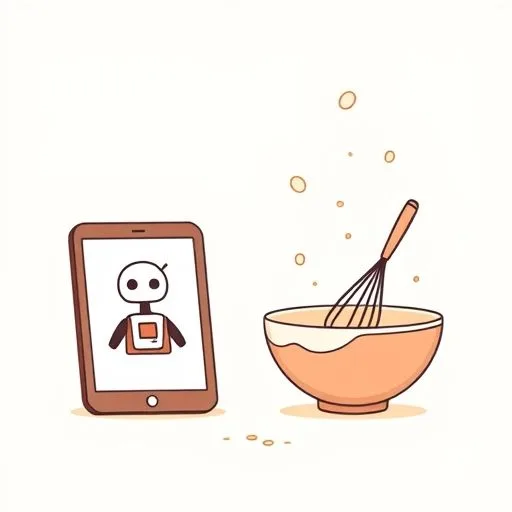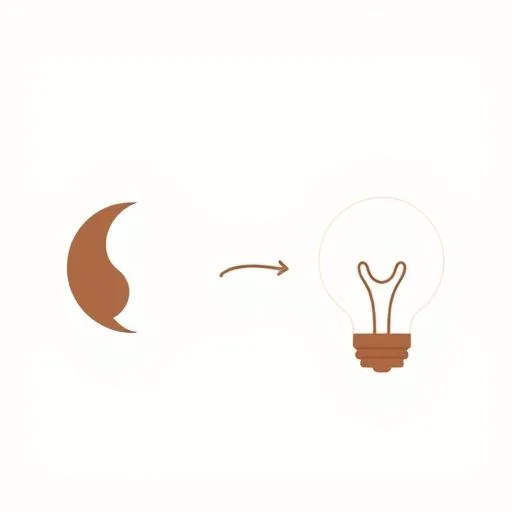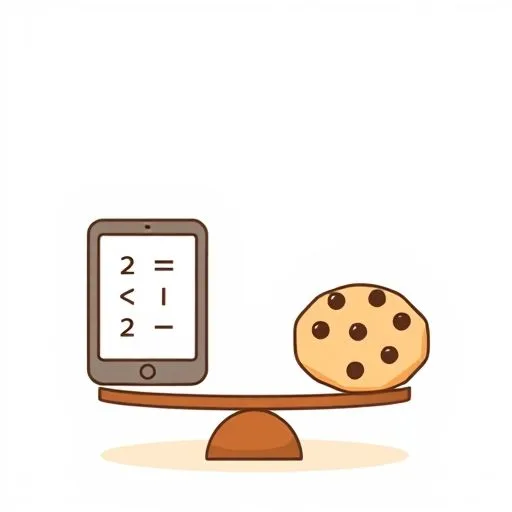
I’ve watched her do this dance three times this week. Wednesday night, flour in the air while she prepped dinner, and our daughter’s voice piping up from the living room—‘Mommy, how does this robot know my name?’ The tablet’s screen glowed against her little fingers, while the mom’s hands were mid-chopping, mid-her-thoughts-about-the-next-day’s-zoom-call. That split second hangs in the air, doesn’t it? When AI promises to be the helpful assistant but we’re left wondering: what do we need most from this found time, beyond the convenience?
How AI Tools Nudge Us—But Her Quiet Strength Stays the Course

We’ve all seen the little ways AI sneaks into our days. It’s the voice assistant reading bedtime stories when we’re running late, the educational app that teaches shapes so our kids stay occupied. These tools are incredible—they save us time and energy, handling tasks that would take us forever.
But here’s what I’ve noticed: There’s this quiet strength in how she never fully lets AI take over. Like when a child’s question about why the moon changes shape is met with a quick pause, even if it means pulling out a mixing bowl as a makeshift globe. AI might answer, ‘The moon’s phases are caused by…’ but she’s the one who crouches with patience, showing the phases of wonder with our kitchen light.
The thing is—AI can help us, but it’s our choices that define the texture of our kids’ childhoods. Those small moments of connection? That’s the parent’s wisdom, not the algorithm’s.
The Balancing Act: Guardians of the Tech-Free Time

You know what’s interesting? The more we lean into tech, the more we need to guard our unplugged moments. We use AI to manage schedules, track learning, and even entertain kids—but there’s this quiet strength I’ve seen in her when she’ll say: ‘Let’s turn off the screens. I want to watch your hands build this.’
What’s beautiful is that this isn’t about rejecting AI. It’s about balance. We’ve found that AI works best when it’s a tool to clear space for the real moments—like when the app finishes a math lesson, and she uses that saved time to sit with our kiddo, baking cookies, turning the fractions into a delicious game of ‘how much chocolate do we really need?’
The Questions They Ask Us—Not Just Alexa

You know what’s truly priceless? That endless curiosity kids have—it’s like this amazing resource just waiting to be explored. I’ve watched my wife’s eyes light up when our child’s questions come to her—not to the AI. ‘Why do leaves fall?’ ‘Why does my voice sound different?’ Sometimes, the answers are messy. But those moments where she pauses to help them explore—that’s the gold. The tech might be great at explaining, but it can’t model curiosity. That’s something only humans teach—the tilt of the head, the wide-eyed wonder.
This is where we can use AI to help without taking over—by using it to find resources, but leaving the exploration to be guided by our own hands. Like when she uses an AI tool to find a kid-friendly video about the solar system, but then sits and builds a rocket out of cardboard boxes with them. The balance is the human touch.
The Future We’re Building: Choosing Moments Over Efficiency

Here’s the thing I’ve learned from watching her: AI isn’t the enemy. It’s also not a panacea. It’s a tool—and like any tool, what matters is how we wield it. When we’re intentional about those moments, we’re using AI to reclaim time for human connection. She’s taught me to ask: What are we doing with our extra minutes? When we’re not just being efficient, but being present.
Right now, today, we’re the parents who get to decide how our kids’ lives will look. The AI is here to stay—but the quiet strength, the patience, the joy of learning? That’s our job to nurture. And honestly, isn’t that the most rewarding part of this whole parenting journey?
And that’s the perfect balance we’re all chasing after, isn’t it? Our choices today shape their tomorrows with hope and connection.
Source: How Startups Thrive in the AI Era: Insights from Aaron Levie, NextBigWhat, 2025/09/27 08:11:01
